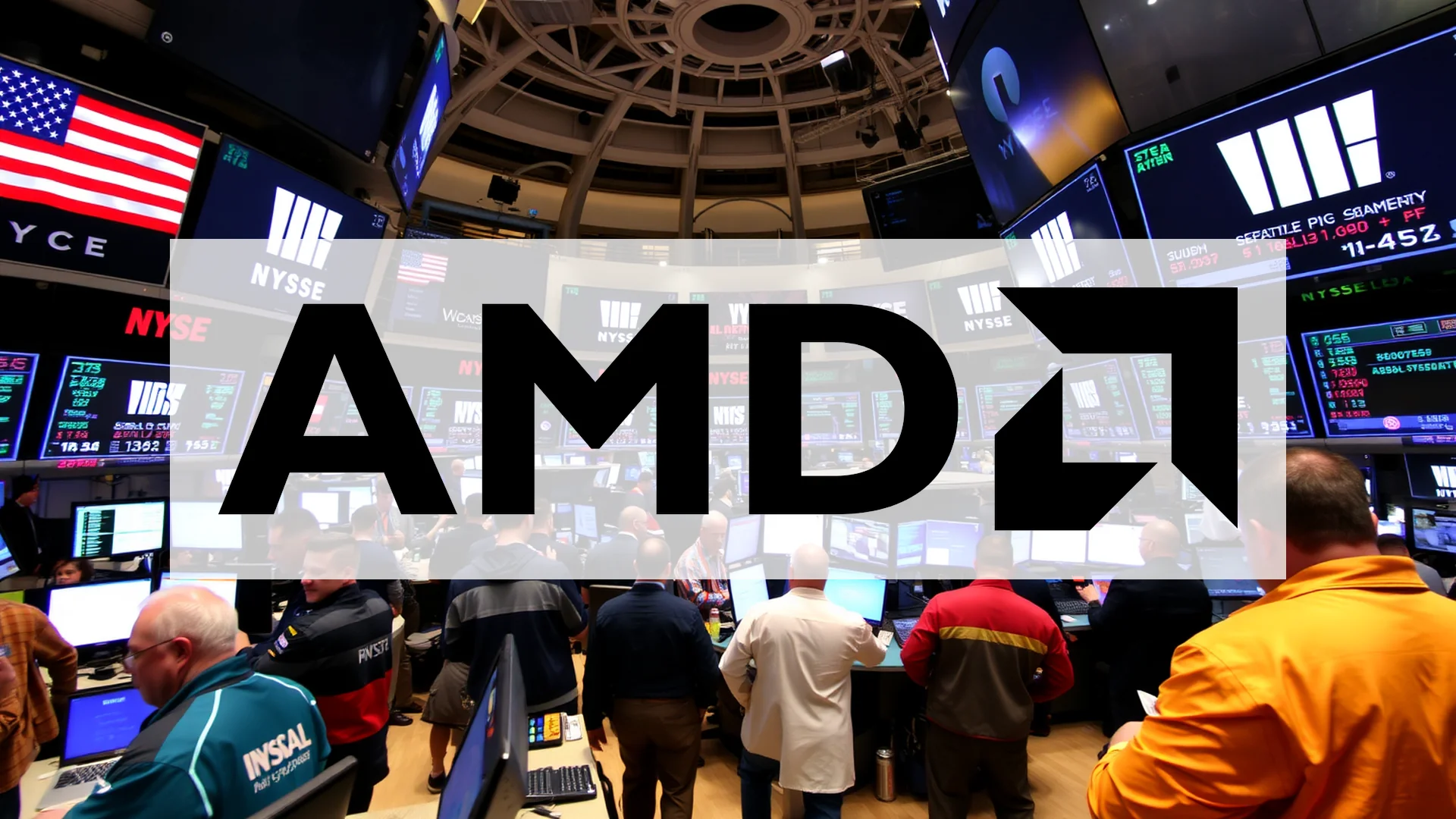A seismic shift occurred in the semiconductor sector on Thursday, September 18, with the announcement of a formidable $5 billion strategic partnership between historic rivals Intel and Nvidia. This unexpected collaboration is viewed by market experts as a direct challenge to Advanced Micro Devices (AMD), aiming to curtail its recent market advances.
Under the terms of the agreement, Nvidia will make a substantial $5 billion investment in Intel stock. The core of the alliance involves a joint effort to develop new products for artificial intelligence infrastructure and the personal computing market, sectors where AMD has been gaining significant ground.
Market and Analyst Reaction
The financial markets responded immediately to the news. AMD’s stock tumbled approximately 5% in pre-market trading following the announcement, reflecting investor concern over this newly consolidated competitive threat.
The analyst community expressed considerable alarm. Mizuho Securities captured the prevailing sentiment, bluntly stating the development is “BAD FOR AMD,” highlighting fears of intensified multi-front competition. This concern prompted immediate action from several firms. Seaport Global Securities downgraded AMD from a “Buy” to a “Neutral” rating. Similarly, Erste Group revised its recommendation downward from “Buy” to “Hold,” citing growing anxiety over potential margin compression. A contrasting view was maintained by Piper Sandler, which held firm on its “Overweight” rating for AMD, pointing to the company’s still-solid fundamental prospects.
Should investors sell immediately? Or is it worth buying AMD?
AMD’s Strategic Position and Response
This new challenge emerges at a critical juncture for AMD. The company has successfully captured market share from Intel in the CPU segment and made competitive inroads against Nvidia in the market for AI chips. A notable achievement was expanding its desktop CPU market share to a considerable 32.2% in the second quarter of 2025.
In response to this heightened competition, AMD is pinning its hopes on its next-generation Instinct MI350 and MI400 AI accelerators. These products are designed to directly compete with Nvidia’s upcoming chip generation and are crucial to strengthening AMD’s standing in the highly lucrative AI market.
The Road Ahead
The upcoming quarterly earnings report, due in early November, is poised to serve as a critical litmus test for AMD. Investors and market strategists will be scrutinizing management’s strategy for countering the combined force of its two largest competitors. Despite the recent negative pressure, a consensus of 38 Wall Street analysts still categorizes the stock as a “moderate buy,” although opinions are becoming increasingly divided.
The central question remains whether AMD can leverage its proven innovative capabilities to withstand this coordinated assault. The coming months will determine if the company can continue its growth narrative or if the Intel-Nvidia alliance will permanently alter the competitive dynamics of the global semiconductor industry.
Ad
AMD Stock: Buy or Sell?! New AMD Analysis from December 22 delivers the answer:
The latest AMD figures speak for themselves: Urgent action needed for AMD investors. Is it worth buying or should you sell? Find out what to do now in the current free analysis from December 22.
AMD: Buy or sell? Read more here...










